- Crazy Pablo
- Posts
- Crazy Pablo: When War Becomes Pop
Crazy Pablo: When War Becomes Pop
Whaam! is a painting in two parts. Like an open comic book, one panel shows the hero, the other the blast. It’s bold, graphic, and weirdly bloodless.Blam! Pow! Oops—another war, lost in the scroll.Can we look at war without flinching?Roy Lichtenstein thought so.
First time reading? Sign up here.
The blast (marked red)
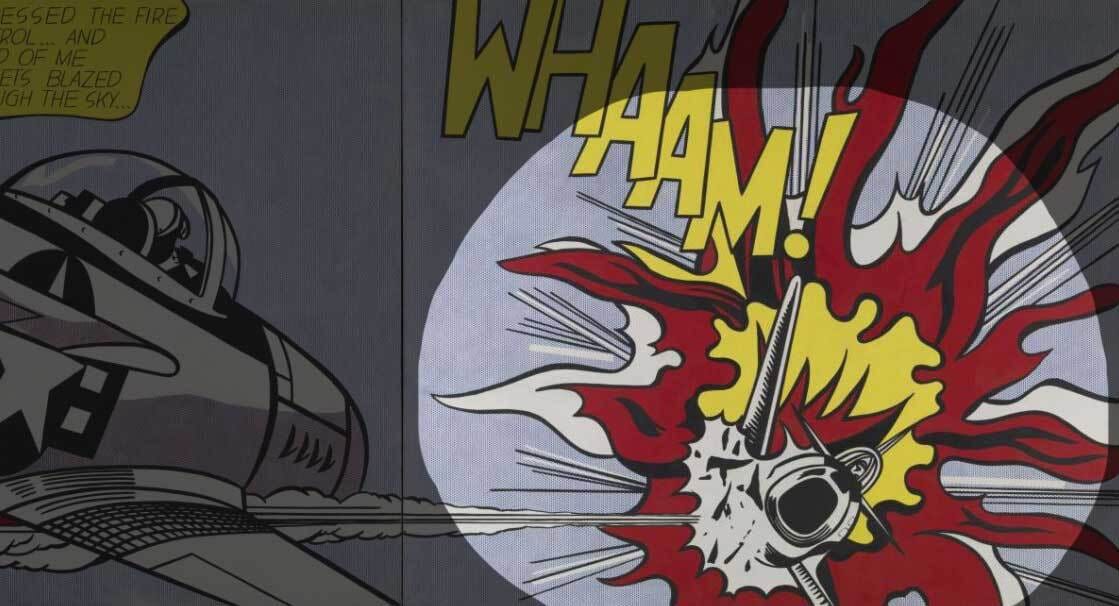
It’s almost pretty. A bloom of red, yellow, and white, with the word “WHAAM!” bursting out like a fireworks show.Lichtenstein borrowed it from a 1962 DC war comic, but he strips it of narrative and leaves only the visual effect. Violence becomes... aesthetic.
The pilot (marked blue)
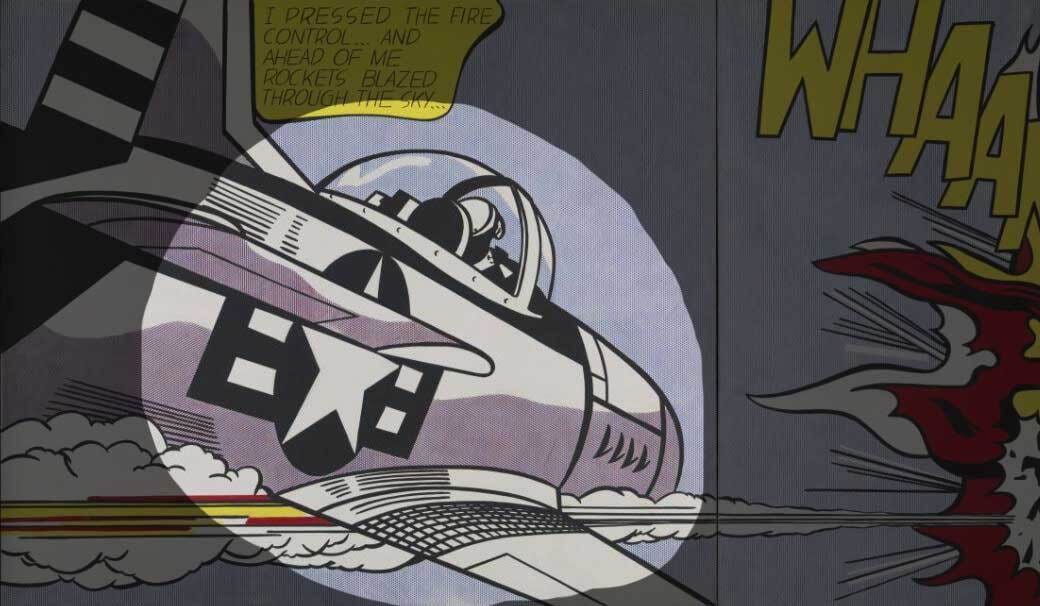
A clean-cut fighter jet, proudly American, cartoonishly heroic. Lichtenstein isn’t painting a soldier - he’s painting an icon. A mass-produced symbol of power and patriotism. A visual cliché.
The speech bubble (marked green)
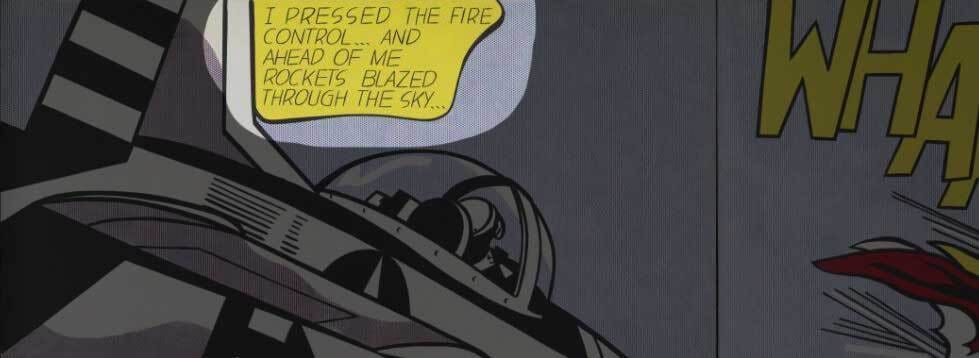
“I pressed the fire control… and ahead of me rockets blazed through the sky…”
It sounds like a video game, not a life-or-death moment. Emotionless. Mechanized. It echoes the language we still hear today: surgical strike, neutralized target, collateral damage.
Fun FactWhaam! is basically a copy. There’s a whole artistic idea behind this, borrowed from a German theater guy named Bertolt Brecht who believed that art shouldn’t just make us feel—it should make us think. |
Think About It 🤔
When you imagine war, what do you see? A mushroom cloud? A black-and-white photo of soldiers on a beach? Maybe a TikTok drone strike set to pop music?
Our idea of war doesn’t come from direct experience—it comes from images.
And most of those images are designed: in newsrooms, in movie studios, in propaganda offices… and, yes, in comic books.
Who’s been shaping your mental picture of war—and what do they want you to think?
How does it relate to the here and now? or What to say during casual conversation to show off your art knowledge?
The Politics of the Image – “Whaam! made me think about who gets to shape the stories we see. Just like today’s news feeds and movie trailers, the painting turns war into a slick, controlled visual. It’s a reminder that every image—especially of conflict—is framed by someone.”
AI and the New Aesthetics of War – “Looking at Whaam! made me think about how today’s AI-generated images blur the line between truth and design. When fake war photos go viral or propaganda gets auto-stylized, we’re not just watching history—we’re watching someone’s version of it.”
Now have another Look!
And If You’re Up for More…
Step inside a living comic book at the Musée de la Bande Dessinée in Angoulême, France. This one-of-a-kind museum is a shrine to European comics, filled with original artworks, giant character sculptures, and hands-on exhibits that kids (and nostalgic adults) will love.
Retrace Brecht’s footsteps at the Brecht-Weigel Haus in Berlin. Once home to the legendary playwright and political thinker, this modest residence is now a museum filled with manuscripts, personal items, and quiet reflections. It’s where Brecht wrote, rewrote, and rewired what we think theater—and art—should do. Just like Lichtenstein, he believed in making people think, not just feel.
Whaam. Blam. Oops - I disappeared into the feed.
Hit reply and tell me what you think - or better yet, how this one made you feel.
Yours,
Inbal Z M

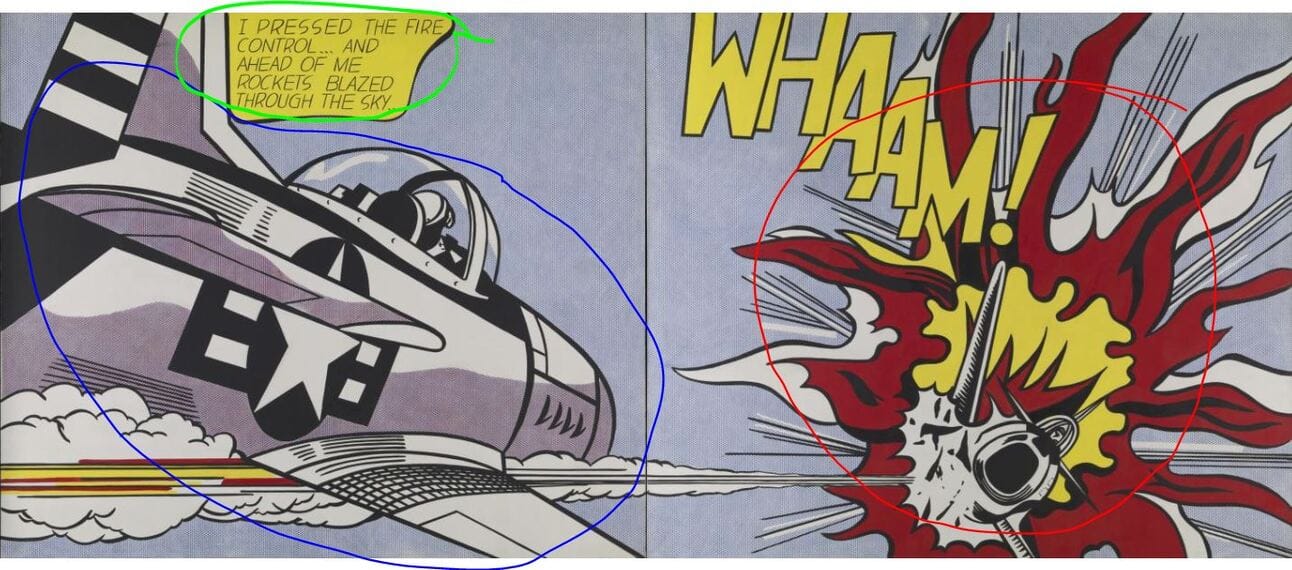
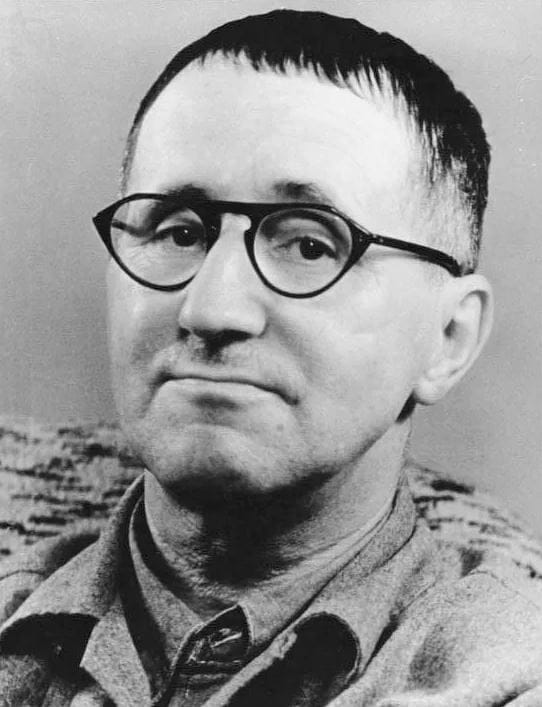
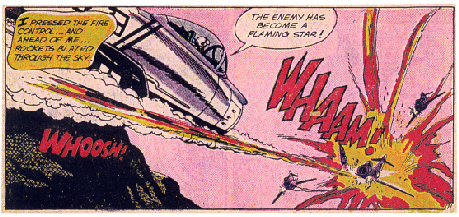
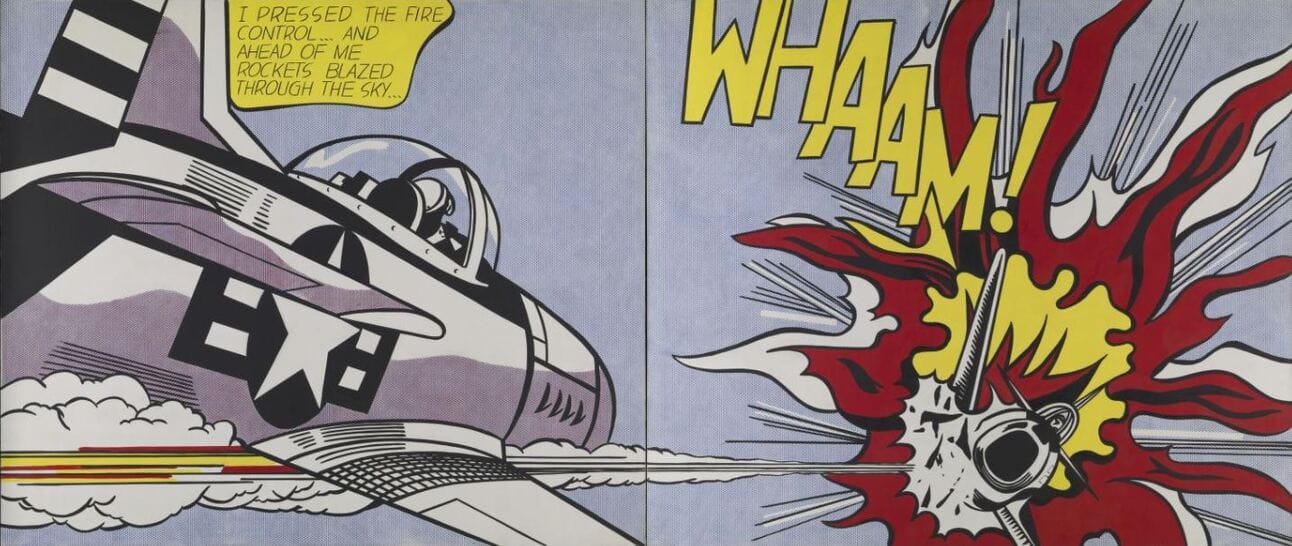
Reply